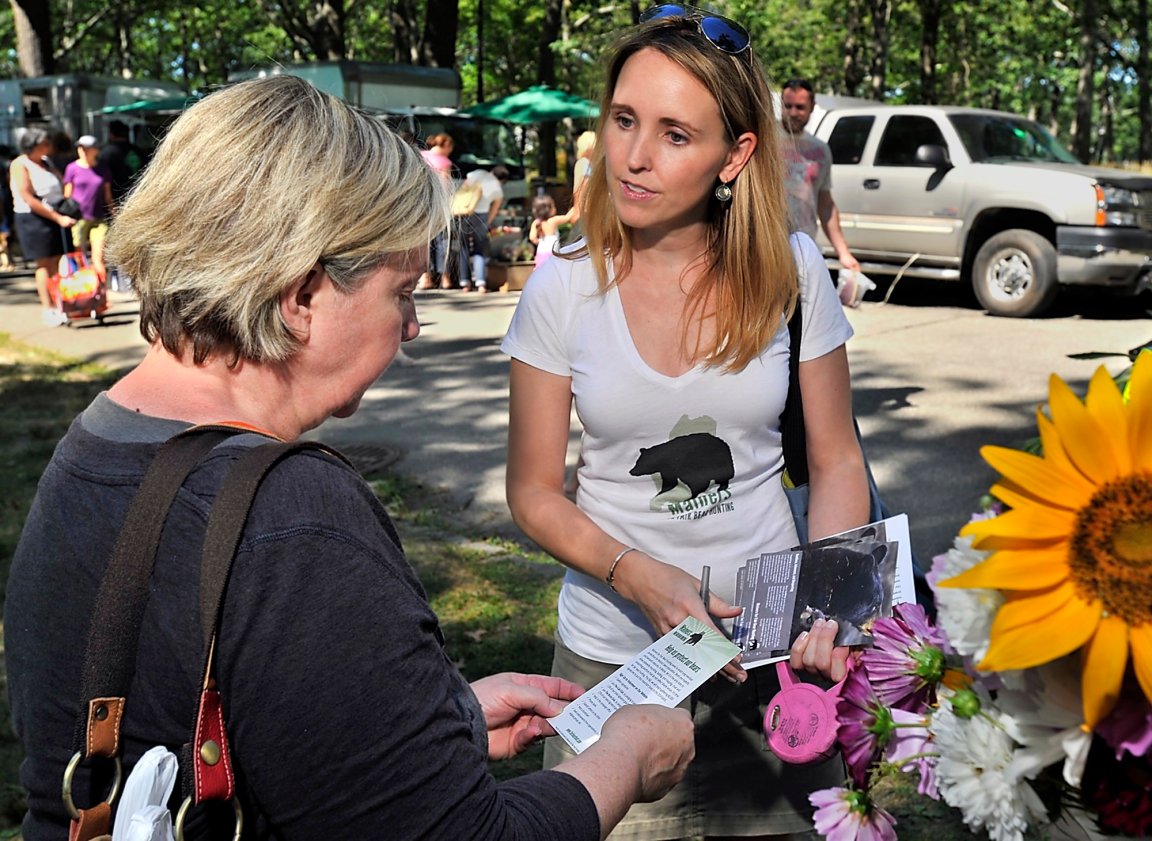I have been an editor at Outdoor Life for 14 years, so I like to think that I have a good sense of how readers will react to any given story. I was surprised, however, by reader comments last month after we published executive editor Natalie Krebs’ extensive feature on the extreme anti-hunting movement in Australia, which has similarities to anti-hunting efforts here in the U.S. The most common sentiment was “that could never happen here,” sentiment following this story, which I did not expect — mostly because at least some of it is happening here.
These comments came even despite our coverage on Washington state banning spring bear hunting, the infiltration of anti-hunters into state game commissions, and the continuing slide of American’s approval of hunting.
Most recently, animal welfare groups in Colorado likely got enough signatures to put a measure on the November ballot that would effectively ban regulated mountain lion and bobcat hunting in the state. It’s formally called Initiative 91 and it reads as follows:
“THE VOTERS OF COLORADO FIND AND DECLARE THAT ANY TROPHY HUNTING OF MOUNTAIN LIONS, BOBCATS, OR LYNX IS INHUMANE, SERVES NO SOCIALLY ACCEPTABLE OR ECOLOGICALLY BENEFICIAL PURPOSE, AND FAILS TO FURTHER PUBLIC SAFETY. TROPHY HUNTING IS PRACTICED PRIMARILY FOR THE DISPLAY OF AN ANIMAL’S HEAD, FUR, OR OTHER BODY PARTS, RATHER THAN FOR UTILIZATION OF THE MEAT. MOREOVER, IT IS ALMOST ALWAYS CONDUCTED BY UNSPORTING MEANS, INCLUDING, BUT NOT LIMITED TO, USING PACKS OF DOGS WITH ELECTRONIC DEVICES TO PURSUE AND ENTRAP AFFECTED ANIMALS IN PLACES FROM WHICH THEY CANNOT ESCAPE IN ORDER TO ACHIEVE THE KILL. THEREFORE, IT IS APPROPRIATE AND NECESSARY TO BAN TROPHY HUNTING OF MOUNTAIN LIONS, BOBCATS, AND LYNX IN COLORADO.”
So for this episode of the podcast I sat down with Brian Lynn, vice president of communications and marketing for the Sportsmen’s Alliance. Full disclosure: He’s also a former Outdoor Life editor who I worked with previously.

According to Lynn, many of the ballot initiatives to ban hunting in a variety of states over the years are not one-off, random, grassroots efforts. Rather, they are the result of a larger strategy by national anti-hunting groups. These groups target states that have favorable laws around ballot initiatives, have large metropolitan populations that typically vote Democrat, and have regulated predator hunting or trapping opportunities, Lynn says. He paints a somewhat gloomy picture of the political landscape in which hunters are the underdogs.
Read Next: Public Approval for Hunting and Recreational Shooting Continues to Decline in the U.S.
So if you were one of the “that could never happen here” commenters, I hope you listen to Lynn’s explanation of how these anti-hunting organizations operate and the strategic advantages they enjoy. The conversation isn’t meant to alarm you, but to educate you on one of the most successful processes for banning hunting.
Listen to this episode on Apple, Spotify, or wherever you get your podcasts.
